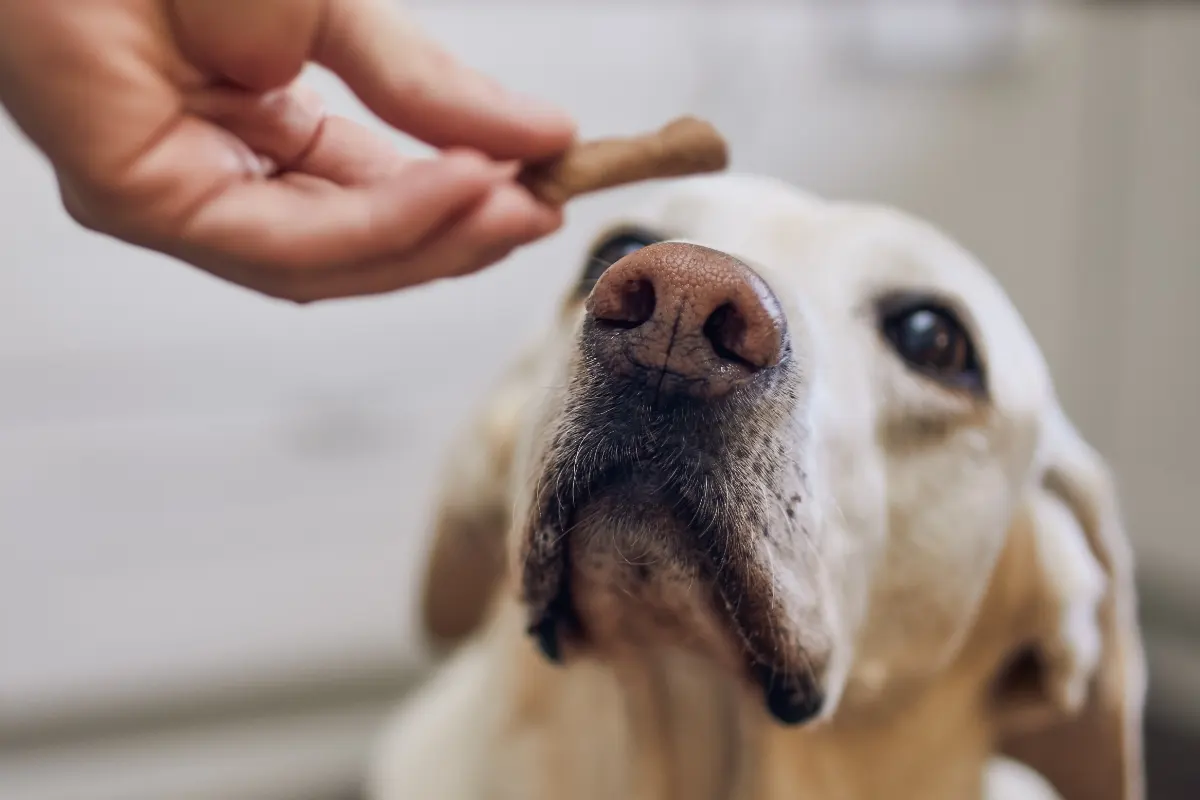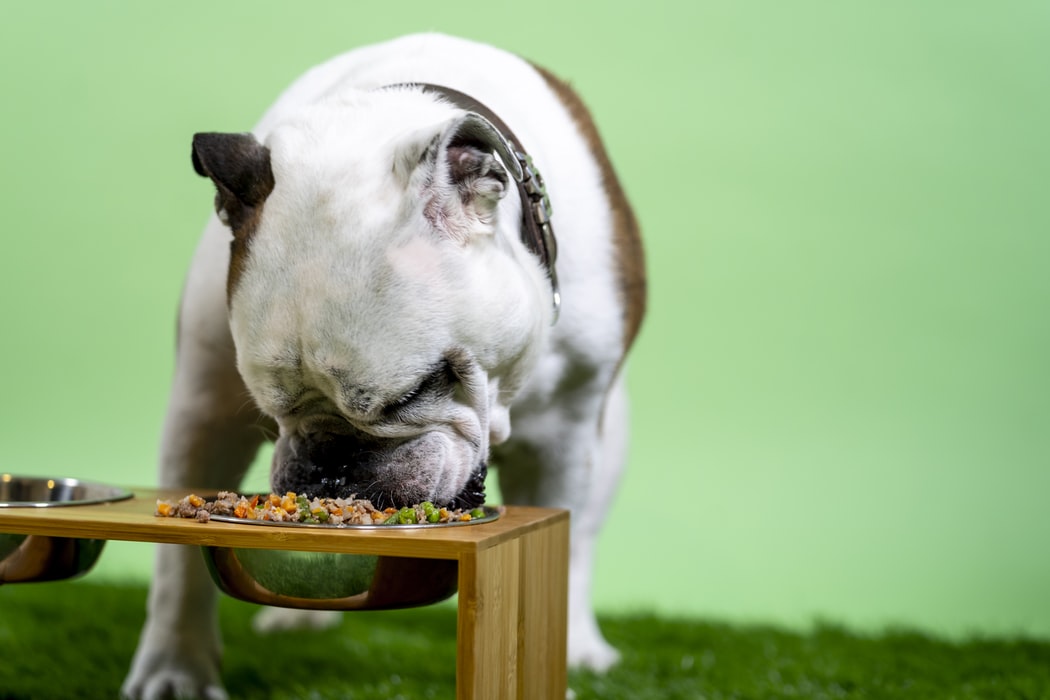
Pet food safety in the US is regulated mainly by the Food and Drug Administration (FDA) and, in some parts, by state law and the USDA. The FDA Leads Pet Food Safety Efforts Nationwide The Food and Drug Administration (FDA) is the main federal agency that oversees pet food safety in the US, conducting inspections… Read more »





